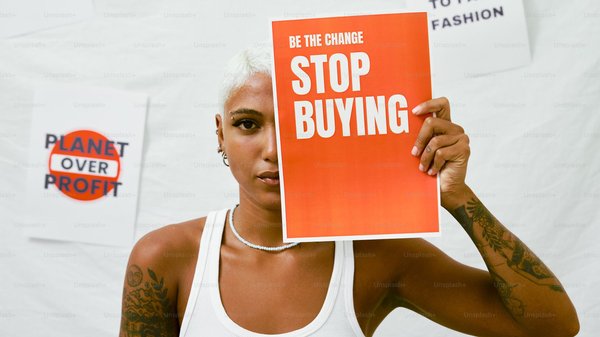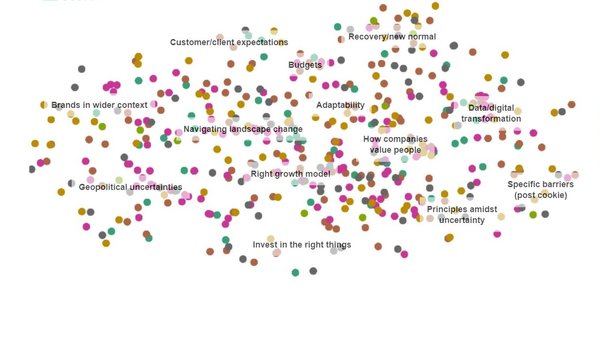Strategist’s Digest: The power of creative media placements /
Contagious digests the most interesting and relevant research from the world of advertising and beyond, because there’s just too much to read and too little time
James Swift
/
When the Medium Is the Message: A Meta-Analysis of Creative Media Advertising Effects
By Zeph M. C. van Berlo, Marijn H. C. Meijers, Jiska Eelen, Hilde A. M Voorveld & Martin Eisend. Published in the Journal of Advertising.
Give it to me in one sentence.
Putting ads on physical objects that don’t usually carry marketing messages can be more effective than using traditional media.
Give me a little more detail.
Researchers conducted a meta-analysis of 26 studies (which contained 225 effect sizes) to quantify the effects of creative media advertising.
They defined creative media advertising as using everyday physical objects to carry marketing messages. For example, Sprite (see above) made beach showers look like soda dispensers to convey the idea that its product is refreshing.
The meta-analysis revealed that creative media advertising was better at strengthening brand associations than traditional media. It also showed that creative media advertising outperformed traditional media when it came to persuasion (which, in this case, was defined through ad attitudes, brand attitudes, purchase intent and intention to share the message electronically).
Creative media advertising was also found to be especially effective when the physical object chosen to convey the message was a metaphor for the product or brand itself.
And when people see creative media advertising indirectly (either online or in print), they are even more likely to internalise the brand associations, more so than if they had seen the ad in real life. Which works out well, since one of the largest persuasive effects of creative media advertising is to encourage people to share the ad online.
Why is this interesting?
The meta-analysis suggests that creative media advertising is useful for repositioning a brand and strengthening brand associations.
That said, the results also showed that creative media has a more pronounced effect on people’s attitudes towards the ad than their attitudes towards the brand. According to the researchers this means that ‘people are more likely to connect creative media advertising to the product category rather than to the brand.’
More broadly, the researchers state that the analysis lends weight to the importance of the two fundamental pillars of advertising creativity: originality and appropriateness. Originality is important because creative media advertising was found to work primarily by surprising people. And appropriateness is important because the effects of creative media advertising are even stronger when the chosen medium is congruent with the message.
Any weaknesses?
The researchers warn that the effects of creative media advertising could be a little bit inflated because of the bias in academia for publishing strong, positive results.
Where can I find the whole report?
Here, and it’s free to read.
Want more of the same? /
We don’t just write about best-in-class campaigns, interviews and trends. Our Members also receive access to briefings, online training, webinars, live events and much more.







